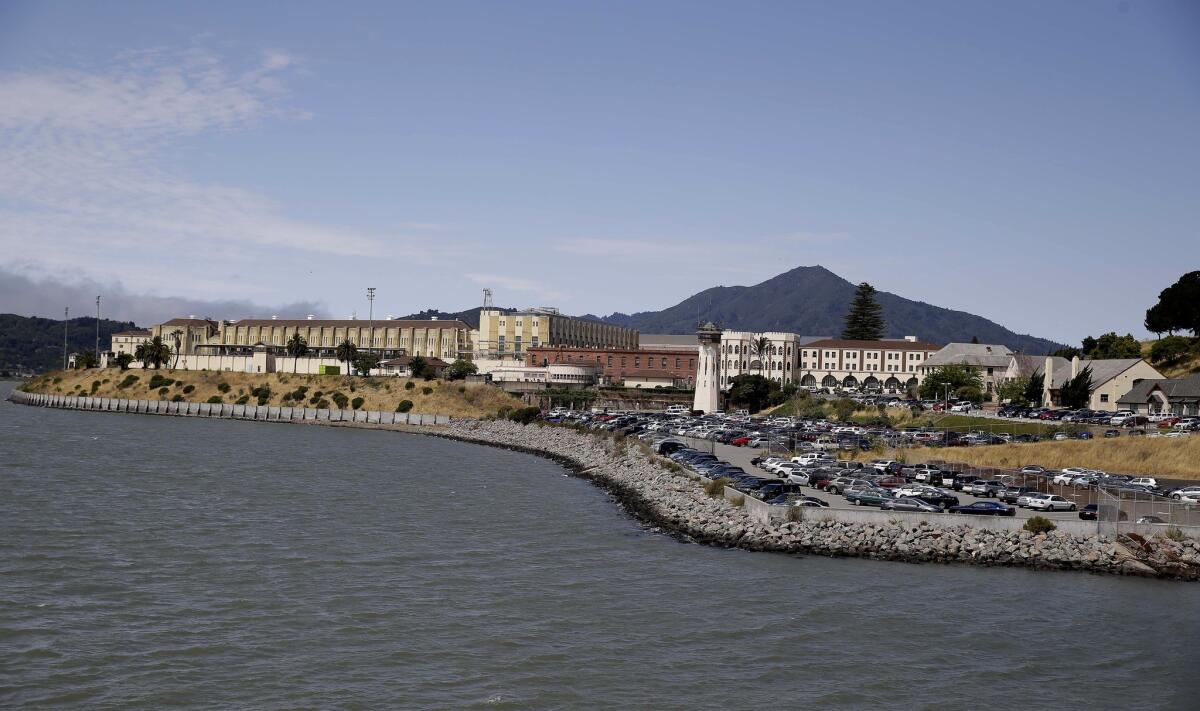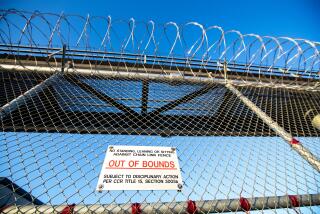California prisons to end race-based policy for inmate violence

A federal judge is expected to sign off on a decision by California corrections officials to give up its unique use of race-based punishment as a tool to control violence in its crowded prisons.
The decision comes out of a settlement between state corrections chief Jeffrey Beard and lawyers for inmates who filed a civil rights lawsuit in 2008 over a lockdown at California’s High Desert State Prison in 2006.
It was there that a group of prisoners attacked two guards, prompting the warden to declare a full lockdown that confined African Americans in one wing of the prison to their cells, and kept them there for 14 months.
Prison officials had said that using race to implement lockdowns and other restrictions on inmate movement was an important safety tool.
They cited the need to immobilize large segments of the prison population while conducting investigations after riots and other violent events, and to help hide the identities of inmates who might be helping them.
Inmates’ lawyers said the state was using race as a stand-in for gang involvement, unfairly punishing prisoners who had done nothing wrong. They said no other state in the nation used such a broad policy.
Prison lawyers cited as many as 160 race-based lockdowns lasting six weeks or longer in a given year in California.
“We see this as a tremendous result,” said Rebekah Evenson, a staff lawyer at the Prison Law Office, which pressed the class-action litigation.
According to the settlement papers, the state has agreed to switch to a system that determines prisoner by prisoner who is to be locked down.
Officials will take into account behavior as well as whether an inmate has been identified as a member of, or someone aligned with, a prison gang, now called “security threat groups.”
Follow the reporter on Twitter: @paigestjohn
More to Read
Start your day right
Sign up for Essential California for news, features and recommendations from the L.A. Times and beyond in your inbox six days a week.
You may occasionally receive promotional content from the Los Angeles Times.







